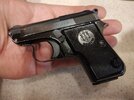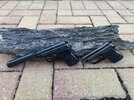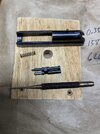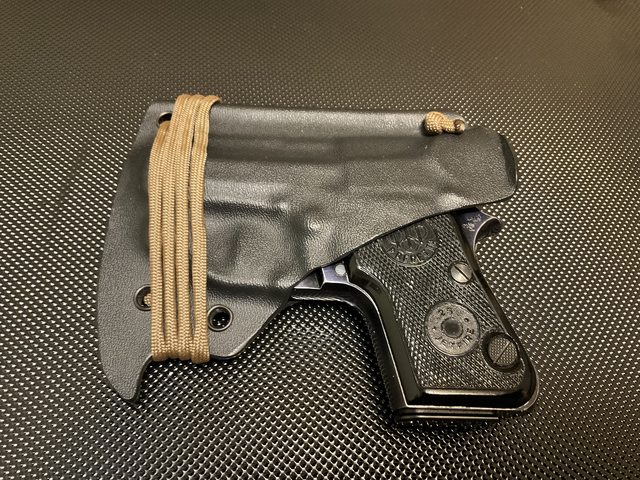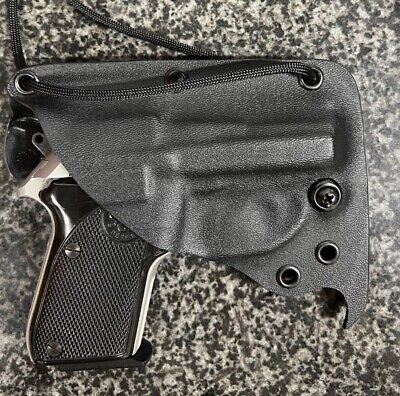Dan Forrester
Member
A few months back I traded my S&W 642 to a friend for a model 640. Very happy with my trade. Both guns were shot very little and the 640 is marked “tested for +p+” so I don’t feel bad about shooting the gun. However, living in South Florida I typically wear gym shorts year around and the 640 is just too heavy.
This makes my new around the house EDC my Beretta 950. This is an older model with no manual safety and chambered in .25 acp.
Is this thing safe to cary in gym shorts with a round in the chamber? There is a half cock position for the hammer. Should I use it? Is the gun drop safe?
Anyone have a pocket holster recommendation? Preferably something with a thumb push.
Thanks,
Dan
This makes my new around the house EDC my Beretta 950. This is an older model with no manual safety and chambered in .25 acp.
Is this thing safe to cary in gym shorts with a round in the chamber? There is a half cock position for the hammer. Should I use it? Is the gun drop safe?
Anyone have a pocket holster recommendation? Preferably something with a thumb push.
Thanks,
Dan


